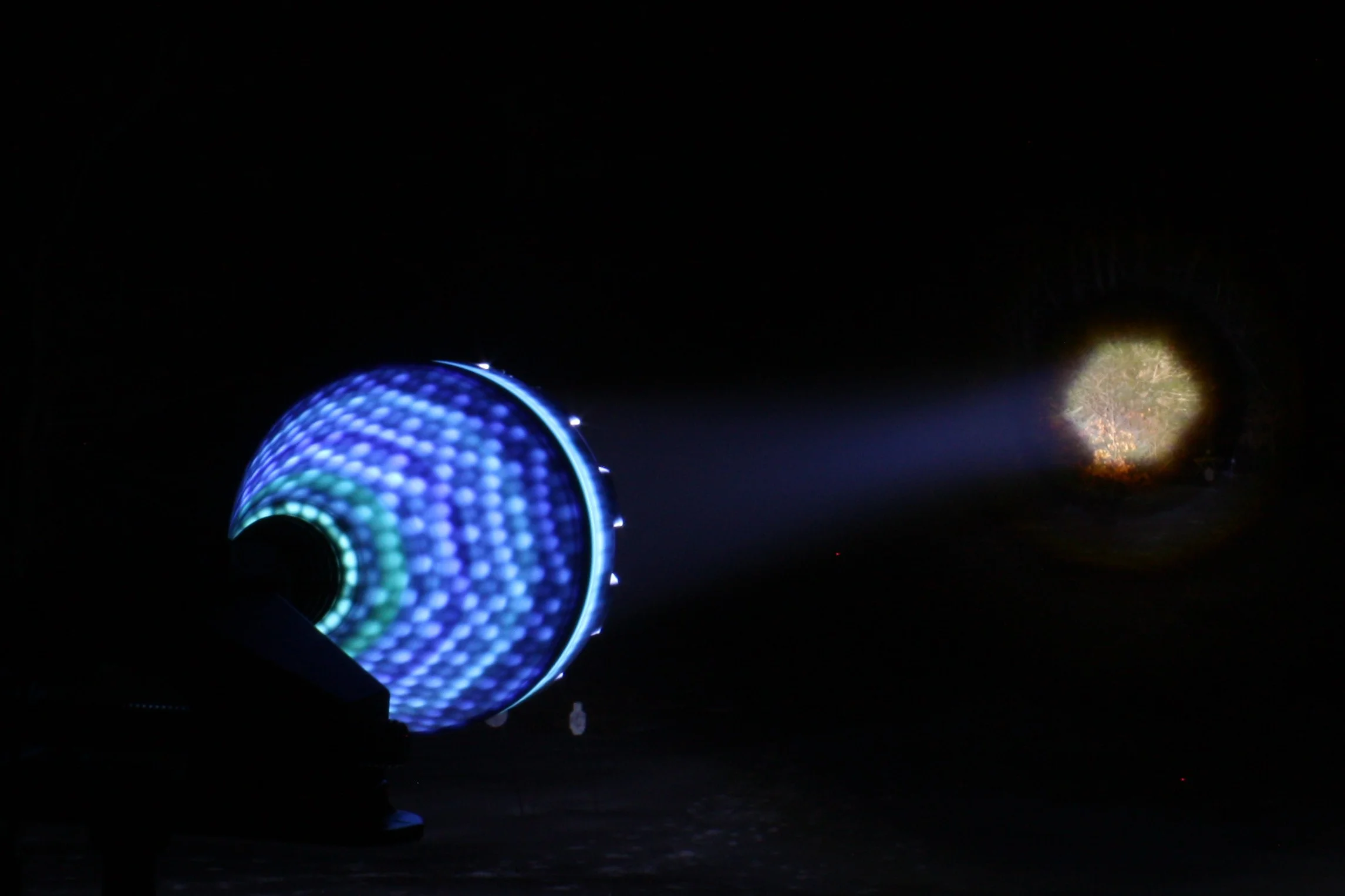
Test Protocols
The documentation for how we test our lights, generating the performance certification which accompanies every light we sell, can be found here.
Test Protocols
We're a science and engineering driven company. This means, above all, quality data is critical. We are absolutely meticulous in regards to how that data is generated. Below is some additional information on our various test equipment, protocols, and the rationality behind them.
Illumination
Part of this meticulous attention to performance reveals itself in our light packages, every light comes with an individual signed card identifying the light's performance. How do we acquire these numbers though, and how reliable are they?
Light meters are common, and relatively inexpensive, however reliability and performance over a range of conditions varies. To this end, we run a dual meter setup. Our primary meter is an Extech LT40, which we prefer as it is reliable and provides more accurate measurements of LEDs specifically. Our secondary meter, an LX1330B, exists as a backup. This is not only as a check to assure ambient conditions aren't significantly skewing measurements, but also in case an aberration rears its ugly head.
When measuring Kcd, precise distances are as critical as instrumentation. Unless otherwise specified, for individual certification, lights are measured at 6 meters. Distances under 30 meters are taken via tape. Longer distances, greater than 30 meters, are measured with a Redfield 550. All throw-based lights are double checked at 100 meters minimum to assure we're not generating the short-range skew utilized by some other manufacturers to boost performance numbers.
Suppression
What started out as a hokey side project by one of our members has evolved into a project/products of surprising popularity. Both how we generate this airgun suppressor data, and its significance, is poorly understood.
The meter itself was built, years ago, out of a need for higher precision, more complete, and higher resolution data as part of a project to design and test firearm silencers. The output we provide is the literal output of our pickup, and has no units. These numbers are logarithmic, just like decibels, and can not be directly compared to any other instrumentation. This is a bit eclectic, but the benefits are massive. It allows us to find and follow much more subtle trends in pursuit of improved performance, and it also provides insight into a second critical aspect of sound suppression: post peak noise. You see there is the peak event itself, however there is also a great deal of subsequent sound which ought be suppressed as well. We can measure both.
You’ll also note our traces show, not one, but multiple colors. These are from multiple simultaneously running pickups. This is immensely valuable in regard to catching potential errors, and increasing our confidence interval on our data; each capture is actually multiple samples of the same event.
This is why we insist on using this meter to develop moderators and quantify their performance. Again, for even more details or to understand why cellphone apps and even most quality sound meters produce inaccurate (can’t measure the peak) and incomplete (only provide a number) data, please see our BLOG. This subject is quite expansive, but hopefully this brief explanation covers the most critical whats and whys.

